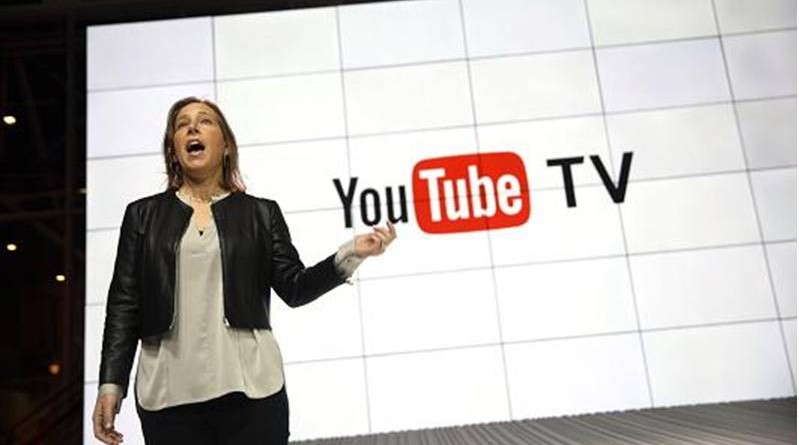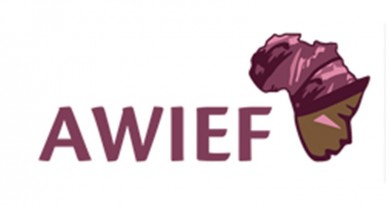YouTube introduces a better revenue-sharing model for content creators
YouTube has announced the launch of a new revenue-sharing model on Shorts, which will go into effect on February 1, 2023. With this, content creators will start making more money from the platform. Creators will be able to make money from adverts that are seen in-between videos in the Shorts Feed thanks to the significant update to YouTube’s Partner Program. Although the YouTube Shorts Fund will be replaced by the new revenue sharing model, the business claims that most of its Shorts Fund beneficiaries will make more money under the new Shorts revenue sharing model.
In its explanation of the new concept, YouTube stated that it will distribute money to Shorts creators depending on their proportion of the Creator Pool’s overall Shorts views. It went on to explain that a creator will receive 5% of the earnings in the creator pool if they receive 5% of the eligible views across all the Shorts submitted by monetized creators. Additionally, creators will keep 45% of the money they were given for their Shorts-related works.
The new Partner Program terms from YouTube must be accepted by creators by July 10th. The New “Monetization Modules” are being introduced as part of the move to allow creators greater control over how they might make money on YouTube. Nevertheless, the firm advises accepting all of them to maximize earning potential on the network. Creators who have at least 1,000 subscribers and more than 10 million views on Shorts in a 90-day period are eligible to apply for the Partner Program. The new “Shorts Monetization Module” must then be accepted by them.
YouTube announces the discontinuation of its $100 million creative fund as Shorts revenue sharing takes effect. The majority of fund participants, however, are anticipated by the corporation to make more money through revenue sharing than they did through the fund. Because music licensing is involved, the formula YouTube has developed to calculate how much each creator would earn for their Shorts is difficult. The company will run advertising in the Shorts Feed when viewers are watching Shorts on YouTube
According to YouTube, the revenue from these advertisements will be used to compensate music licensing businesses and creators through a pooled pool that the company will distribute at the conclusion of each month. The quantity of musical tracks that creators include in their Shorts will determine how much money ultimately goes into the creator pool. All of the money made off of a video that you publish without any music will go to the creator pool. On the other hand, when it comes to a Short with just one song, a third of the associated revenue will be used to cover the cost of licensing. Two-thirds will go toward licensing in a short with two tunes.
After that is resolved, YouTube will choose how to allocate the creator fund. The fund will be distributed by the corporation according to the creators’ percentage of all Shorts views. Therefore, regardless of whether you used licensed music in your Shorts or not, if your videos accounted for 5% of all eligible Shorts views in your nation for the month of February, you would get 5% of the money in the fund. Following YouTube’s 55 percent income cut, you will receive the remaining 45 percent. After all is said and done, if you contributed $1,000 to the Creator Pool one month, you would receive $450.




